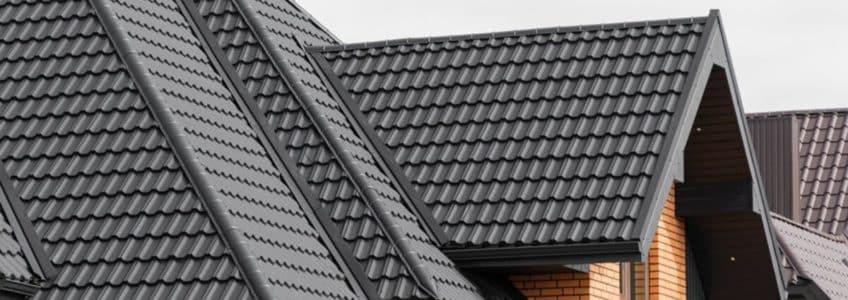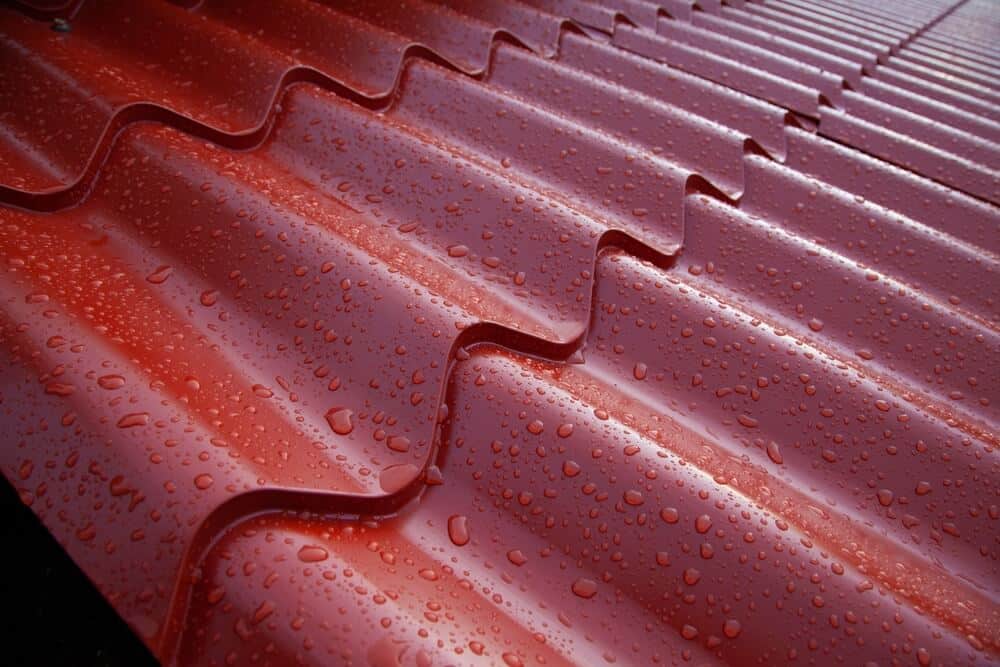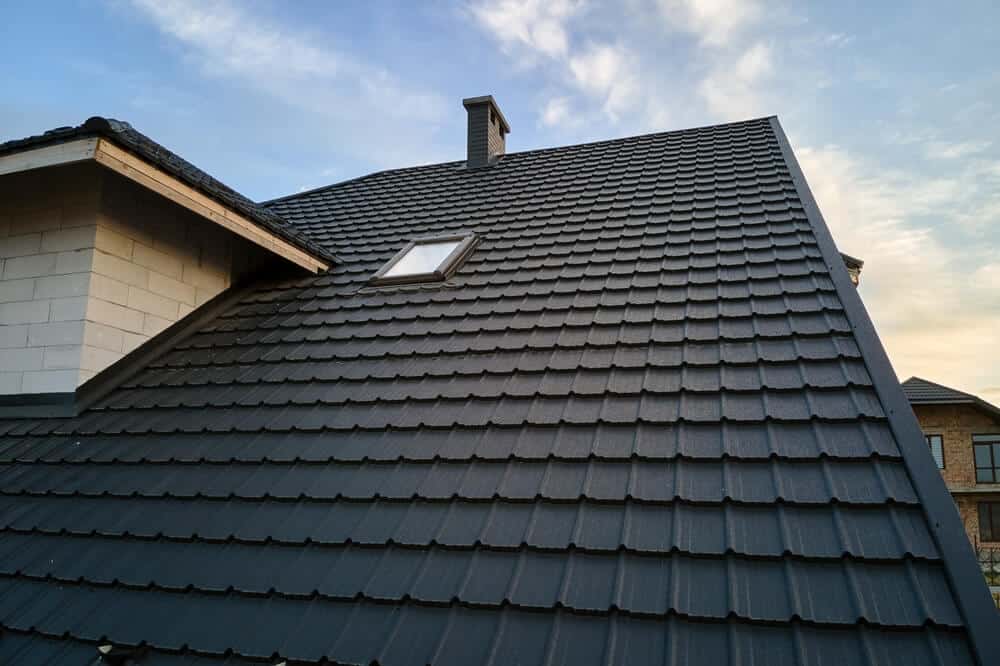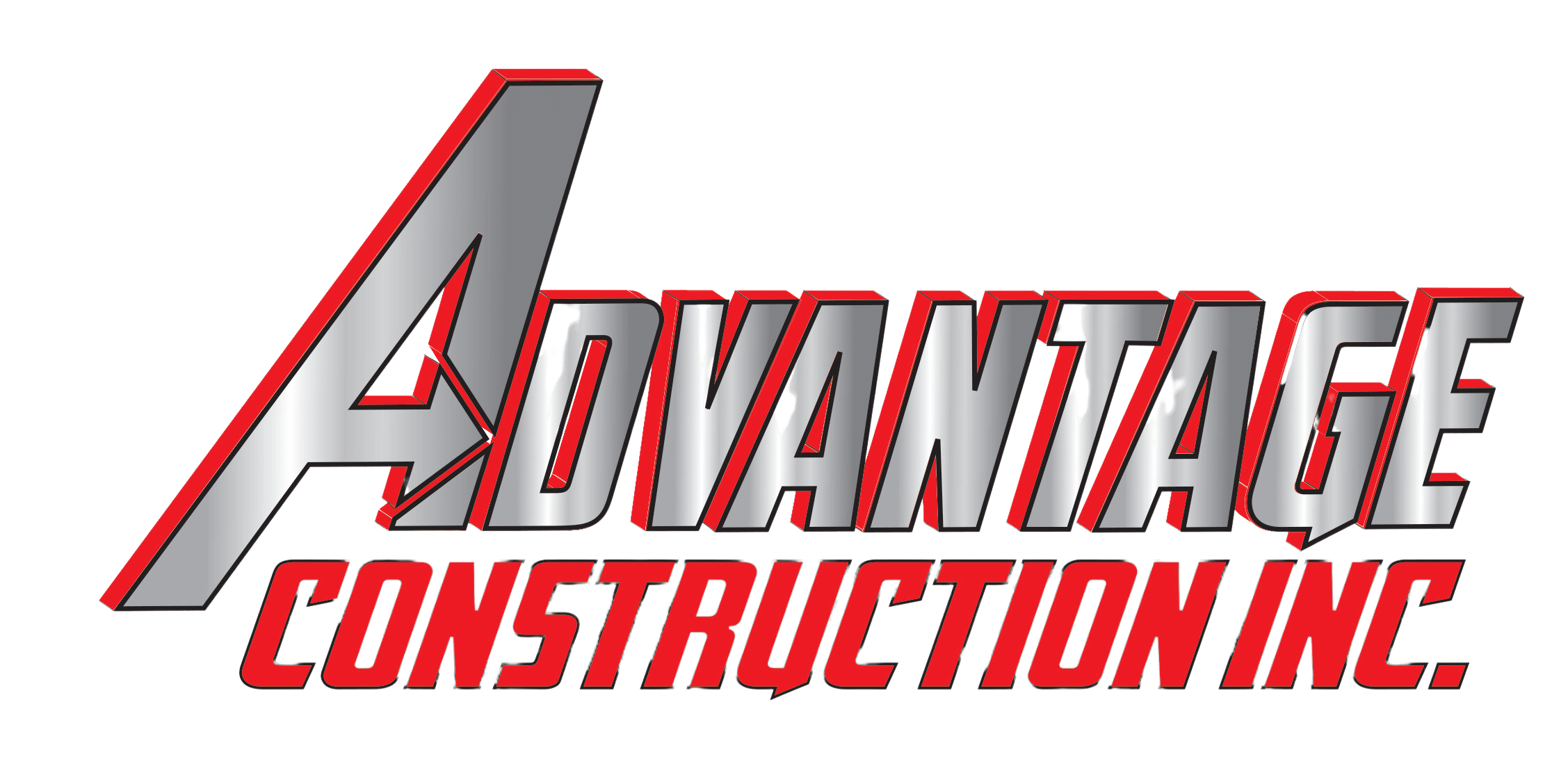
The question of whether you can install metal roofing over shingles is a common concern for many homeowners looking to upgrade their roofs. This topic is particularly relevant given the increasing popularity of metal roofing due to its durability and energy efficiency. But what if your current roof is covered in shingles? Let’s explore the feasibility, benefits, and considerations of installing metal roofing over shingles.
Understanding Metal Roofing
Benefits of Metal Roofing
Metal roofing on homes 
Types of Metal Roofing
There are several types of metal roofing, including aluminum, copper, steel, and zinc. Each type has its unique advantages:
- Aluminum: Lightweight and resistant to rust, making it ideal for coastal areas.
- Copper: Offers a distinctive look and develops a patina over time, adding character.
- Steel: Strong and versatile, available in both galvanized and stainless options.
- Zinc: Highly durable with a self-healing property that allows it to repair scratches over time.
Installing Metal Roofing Over Shingles
Is It Feasible?
Yes, you can install metal roofing over shingles. This approach is not only feasible but also has several benefits. By installing metal roofing over existing shingles, you can save time and money associated with removing the old roof. Additionally, it reduces the amount of waste sent to landfills, making it an environmentally friendly option.
Benefits of Installing Over Shingles
- Cost Savings: Removing old shingles can be labor-intensive and costly. By installing metal roofing directly over them, you eliminate these costs.
- Insulation: The layer of shingles acts as an additional barrier, improving the insulation of your home.
- Structural Integrity: Metal roofing is lightweight, so adding it over shingles does not significantly increase the load on the structure of your home.
Potential Drawbacks
While there are many advantages, there are also potential drawbacks to consider:
Moisture Trapping: Improper installation can trap moisture between the metal and shingles, leading to mold and rot. Uneven Surface: If the shingle roof is not flat, the metal roofing may not sit properly, affecting its performance. Building Codes: Some local building codes may prohibit installing metal roofing over shingles, so it’s important to check regulations in your area.
Installation Process
Preparation Before starting the installation, it’s crucial to inspect the existing shingle roof for damage. Any damaged shingles should be repaired to ensure a smooth and secure installation. Also, verify that the roof structure can support the additional weight.
Laying the Framework
A framework of battens (wooden strips) is typically laid over the shingles to create a flat surface and provide ventilation. This framework helps prevent moisture buildup and extends the life of the metal roofing.
Installing the Metal Panels
Once the framework is in place, the metal panels can be installed. It’s essential to follow the manufacturer’s guidelines and use the correct fasteners and sealants. The panels should be laid starting from the bottom edge of the roof, overlapping each row to ensure proper water runoff.
Final Touches
After all the panels are installed, the final step is to secure the edges and ridges with metal flashing. This ensures that the roof is watertight and can withstand high winds.
Maintenance and Care
Routine Inspections
Metal roofs require minimal maintenance, but regular inspections are still necessary. Check for loose fasteners, damaged panels, and signs of rust. Address any issues promptly to maintain the roof’s integrity.
Cleaning
Keep the roof clean by removing debris and washing it occasionally with a mild detergent and water. Avoid using abrasive tools that could scratch the metal surface.
Addressing Repairs
If you notice any damage, such as dents or punctures, it’s essential to repair them immediately. Small issues can be fixed with a metal patch, while larger problems may require professional assistance.
Conclusion

